Project Description
My favorite films of 2016
Published: March 22, 2017
Say what you will about 2016, but 2016 was a great year for movies. More storytellers. More diverse stories. Still tons of traditional Hollywood flair if that’s your thing. If not, more unconventional fare made it into theaters last year than ever before.
Personally, I’d like to see more female filmmakers get recognized for their contributions to the industry and the art form. Diversity is improving in Hollywood (slowly), but recognizing and rewarding this diversity is still lacking. Jennifer Yuh and Kelly Fremon Craig are two very talented directors who released two very good movies last year.
And how about that Moonlight at the Oscars? It’s not one of my favorites, but it is a story I’m happy to see embraced by mainstream audiences. Stories like Moonlight are why movies matter–they have the power to inch us closer to understanding. Understanding ourselves, each other, our communities, “the other side.” An inch at a time and soon we’ve walked a mile. Inches are how the greatest divides get bridged.
Honorable mentions: 13th, Arrival, Hail Caesar, Kubo and the Two Strings, The Little Prince, The Lobster, The Red Turtle, Moonlight.
Notable have-not-seens: 20th Century Women, American Honey, Certain Women, Fences, The Handmaiden, Hunt for the Wilderpeople, Little Men, My Life as a Zucchini, OJ: Made in America, Paterson, Silence, Tower, Weiner.
This list also exists on Letterboxd. You can view my picks without commentary over there if you want. Spoilers ahead.
10) Tickled
This documentary tells one of the strangest stories I’ve ever heard. It starts with an underground sport known as “competitive endurance tickling,” and it only gets weirder from there. If you don’t know anything about this story already, I promise you won’t be able to predict where it goes between opening title and credits.
At its core, this is a film about people with power manipulating and controlling those without. It’s a story about standing up to bullies in the face of great intimidation. It’s a story about internet trolls happily ruining lives behind masks of anonymity, and a pair of journalists ripping those masks away at great personal risk.
In an age when a bully helms the White House and threatens freedom of the press, I think Tickled is a strong reminder that those who abuse their power can be held accountable for their actions by unlikely forces. Stand against what you know is wrong. Stand up for those you see beat down. Doing right isn’t someone else’s responsibility, it’s yours and mine and everyone’s.
The story Tickled tells is still very much in progress. For some, a lack of resolution will be frustrating. For me, it’s cool to see a film tell a story while at the same time becoming inextricably linked to that story’s narrative and eventual conclusion. After you watch Tickled, be sure to read up on what happened at its premier screenings. The story continues, and it grows ever stranger.
9) Moana
This film is gorgeous! The water effects, the caustics, the hair, the vegetation. There’s so much eye candy in Moana. It’s one of the best looking animated films ever made, full stop. Hyperion is a relatively young renderer, but the quality of its frames is second to none.
There’s more to love about Moana than just its technology though. I love that Moana starts and remains a strong and capable female character throughout the entire film. Her story never hinges on romance. I love the music. I think what Lin Manuel Miranda has created will live on with the best of Disney’s classic tunes. I love how the film pokes fun at tired Disney tropes. The fact that it still succumbs to some of them, while disappointing, is understandable.
I love the lengths the Moana team went to get the Polynesian cultures they depicted right. The setting, the set dressing, the character design, the story, the song lyrics. Everything was vetted through a group of experts that included choreographers , linguists, historians, and anthropologists from places like Samoa, Tahiti, and Fiji. They even got the voice cast right with most of the actors having roots in the Pacific Islands.
Did they make mistakes? Absolutely. But in an era when Hollywood’s instincts want to whitewash everything, it’s awesome to see a studio at least try to get it right.
They even recorded a Tahitian-language version of Moana! No other major motion picture has ever been translated to Tahitian before. Who does that? Disney apparently.
Moana is certainly a flawed film, but it’s one I really enjoyed watching. It’s one I have a lot of respect for.
8) 10 Cloverfield Lane
I love films like 10 Cloverfield Lane. Small cast, one location, tight story. With a budget of $15 million, 10 Cloverfield Lane is a B movie through and through. Films like this don’t hit theaters as often as they used to.
Theatrical distribution is a big gamble and today’s studio execs believe a celebrity cast, a globe spanning story, and huge VFX budgets are needed in order for these gambles to pay off. 10 Cloverfield Lane proves otherwise. Story, talent, and execution are enough to sell tickets. B movies done well can still thrive, even in 2016 when the competition has never been more numerous or better funded.
Man is this film packed with talent! At its heart, 10 Cloverfield Lane is a drama starring the world’s most dysfunctional and unconventional family. John Goodman, Mary Elizabeth Winstead, and John Gallagher Jr. comprise the main cast, and they all crush it. Especially Goodman. He strikes a perfect balance between menace and caring that’s truly chilling. A performance worthy of an Oscar nomination, in my opinion.
It’s a drama, a good one, but it’s also a genre film that wears its science fiction and horror roots proudly. This film will put you on edge and keep you guessing from start to finish. Does this film really take place in the Cloverfield universe? When does it take place? What does Goodman know? Why is Winstead’s character even there? Mysteries on mysteries that all have answers.
And let’s talk about Dan Trachtenberg, the director, for a second. This is his first feature! His first at bat, and he knocked it right out of the park. With a first effort this good, I can’t wait to see what’s next for him. I already bought my tickets.
7) Where to Invade Next
This film technically came out in 2015, but normal people like me couldn’t watch it until 2016, so I’ve decided it’s eligible for this list.
People tend to have a love or hate relationship with Michael Moore, which I get since most of his films are politically charged brush fires made to push very specific points of view. If you agree with his politics, then you probably appreciate his work (at least some of it). If you don’t agree with his politics, then you’ve probably already written Moore and his filmography off as sensationalist (or worse).
I think Moore has matured significantly as a filmmaker since his Fahrenheit 9/11 days though, and I think Where to Invade Next is his most important work to date.
Good documentaries teach. Great documentaries entertain while they teach. But the best documentaries storm into our lives, shake our worldview, and leave us with questions we never thought to ask. They change how we interpret the world around us, and things we’ve seen a thousand times before start to look different.
To be most effective though, a documentary needs to trust its audience enough to let them derive their own conclusions from the information presented. As a viewer, I don’t want to be told how to feel. I want room to discover how I feel for myself. Lessons learned through personal reflection have far more lasting power than lessons rammed down our throats.
I think this is where Moore has done the most growing up. He’s been an entertainer from the start, but his past works have mostly felt like one-sided conversations–information curated and served in a way that left little room for interpretation. Where to Invade Next feels more like a dialogue. He’s not throwing accusations or ousting domestic evildoers here. Instead, he “invades” other countries in order to steal their best ideas and bring them home for America’s benefit. It’s a lighthearted conceit that feels like it comes from a genuine place of wanting to improve the country he loves.
America is great, but it’s not great in all things it does. Universal healthcare, affordable college education, decriminalizing drug addiction, rehabilitating criminals instead of locking them up and forgetting them, better benefits for workers, a livable minimum wage, more nutritious school lunches. America isn’t the best at any of these things. Now, these are all extremely difficult problems to solve, obviously, and no one expects America to be a perfect model, but in key areas America has undoubtedly fallen behind.
While this film highlights the above shortcomings, it isn’t meant to be a beat down of modern-day America. Its message is simple: Other countries have good solutions to problems America is currently struggling with. Let’s find out what these other countries are doing, and let’s try to learn from them.
Obviously, what works in one country won’t necessarily work everywhere. It’s naive to think otherwise when dealing with entities as complex and varied as entire nations. And honestly, I think the solutions to America’s social ills as presented in this film are grossly oversimplified. But I love the base idea.
The 21st century is a time for collaboration, not nationalism. The best ideas, inventions, and people can come from anywhere. Keep an open mind. Keep your pride in check. Don’t be afraid to ask for help. That’s how we’ll all get ahead in this world.
6) Manchester by the Sea
If you plan on watching Manchester by the Sea, make sure you don’t have any plans afterward because this film will ruin you, and you’ll need at least a day to recover.
I appreciate this film more than I like this film. It’s powerful and moving, and I’m glad I watched it, but I don’t think I’ll ever watch it again. One ride on this sadness and despair coaster is all I need, I think. There aren’t any happy endings here.
And that’s okay. It’s refreshing actually. Too many films wrap up too cleanly. “The Hollywood ending.” They call it that because it doesn’t mimic real life at all. Real life is messy. Real emotions and real tragedy can’t be worked out and put to bed inside of a 90 minute runtime. Real life doesn’t guarantee any happy endings, and I appreciate that Manchester by the Sea didn’t shy away from its own unhappy conclusion. (And unhappy everything.)
The heartache all felt true to the story being told. I wasn’t manipulated into feeling sad. I felt sad because I spent two hours watching normal people struggle with horrifically shitty situations. And while the central tragedy of the film is among the worst that life can get, it’s not an unbelievable setup. And even when the characters didn’t behave like I wanted them to, their actions made sense given their circumstances. I rooted for these characters not because they were the stars but because I genuinely, desperately wanted them to win.
Films often get judged on their rewatchability, which I think is a mistake. Movies are diverse and the metrics we use to rate them should be equally so. Watching this film wasn’t an enjoyable experience, but it did more than entertain–it made me emotional. That’s more than most films are capable of, and I think that’s worth something.
5) Zootopia
It seems every year I have at least one “Oh shit!” moment while watching an animated film that reminds me why I wanted to be a part of this industry in the first place. In 2014, it happened while watching The Lego Movie and How to Train Your Dragon 2. In 2015, it was Inside Out. Last year that film was Zootopia.
Like Moana, this film is beautiful and ambitious. With no humans around, the other mammals evolved to become Earth’s dominant life forms. These animals developed a common language and constructed cities where carnivores, herbivores, and omnivores could live together in peace.
The animals of Zootopia walk like humans, talk like humans, and wear clothes like humans. Most of the animals are covered head to toe in fur, which is a tricky CG problem by itself, but when you try to simulate a shirt and pants on top of that fur, the complexity multiplies. Multiply that by the dozens of unique character models that all required custom grooms and garments, and things start to get tricky. Also, an entire sequence takes place during a torrential downpour, so these characters covered in cloth and fur had to get wet too. Hard stuff.
What impressed me more than the characters though were the environments. Grassy rural, urban sprawl, dense jungle, frigid tundra. Each one fully realized, totally unique, and meticulously designed. Every corner felt lived in, which is more impressive than it sounds when you consider the huge variety of animals that needed to call each locale home. From mice to elephants and every animal in between, every space needed to function and make sense at every scale.
What would an ice cream shop that caters to goats (2 feet tall) and giraffes (20 feet tall) look like? How would otters board a train that also shuttles bison? Weird questions, but every answer pushed the complicated world of Zootopia closer to believability, and every solution felt more whimsical and more inventive than the last. For me, this is the best production design of last year, bar none.
Now, I’ll be the first to admit that the central theme of bias in this film is a messy metaphor for systemic racism. Painting the predators as minorities to be feared when historically these predators really did hunt and kill the prey that fears them definitely misses the mark. It wrongfully sends a message that prejudices people have against other races could in fact stem from real places, which is dangerous thinking. By definition, prejudice isn’t based on reason or actual experience.
It’s a messy metaphor, I know, but still, I can’t help but respect the hell out of Disney for doing their best to tackle such mature subject matter. Whether you think they did the material justice or not, the attempt is brave. There’s no other way to describe it. Making a children’s film about racism and police brutality and drug addiction is a risky move at a time when children have never been more sheltered from the real world.
Disney Animation is the studio to beat in my opinion. Their films are fun, pretty, appealing to all ages, and wildly successful. Consistently. They haven’t made a bad film since 2008. The degree to which they’ve been able to reinvent themselves this last decade is jaw dropping. They don’t even feel like the same company from 2005. If they keep making gambles as big as Zootopia, then I’ll keep buying tickets. What else you got Disney?
4) Sing Street
Unabashedly joyous. Triumphantly uplifting. Delightful. Hopeful. Sincere.
Those are the words that come to mind when I think about Sing Street.
Sing Street is a film about a teenage boy who starts a band that consumes his life in order to meet a girl. It’s about the music, but it’s so much more than that. It’s a victory song for dreaming big dreams. It’s a reminder that we need to be brave if we want change. It’s the infinite possibilities of youth. It’s music as a tool for communicating complicated emotions when the right words are hard to come by. It’s a small journey that will surely burn out, but it’s better to have loved and lost than to have never loved at all, right?
Any film about music lives and dies by the quality of its music, and the music in Sing Street is awesome! Look, I love La La Land as much as anyone else, but two Oscar nominations for Best Original Song when Sing Street got none? Bullshit. How about this track? Or this one? Any one of the seven original songs made for this film would have felt at home on stage at the Oscars.
I wasn’t around in the ’80s, but the music made for Sing Street fits perfectly with what I imagine the ’80s to be.
The cast is filled with non-professional actors, but you’d never guess it given their comfort on screen. I especially loved the relationship between Connor, Sing Street’s protagonist (played by Ferdia Walsh-Peelo), and his older brother Brendan (played by Jack Reynor). Actually, Brendan is my favorite character of 2016.
He’s every older brother. Everyone you ever looked up to in youth. That cool guy just old enough to become mythic. The person you most wanted to grow up to be like. He’s Connor’s guiding light through high school, educating him on the finer points of girls and music.
We all know this relationship. We’ve all lived it. Even if you don’t have older siblings you looked up to, someone in your life has stood on top of a pedestal that you constructed. To create idols is human.
In youth, these role models can do no wrong, but as we age, the superheroes of our youth lose their luster. We learn their mission in life isn’t to mentor us. They have their own lives, complicated lives, separate from us. Lives filled with their own problems, doubts, fears, and insecurities. Our relationship with them changes. They don’t have all the answers anymore, and it feels silly to have ever thought so.
Brendan is the mythic older brother, until he’s not. He opens up to Connor about his own problems, and in that moment he becomes human. As the oldest kid in the family, Brendan feels like he drew the short straw. A struggle Connor never realized. Brendan starts the film as a perfect role model in Connor’s eyes, but by falling off the pedestal, he becomes more than that. The distance between the two of them closes. This shift in their relationship is depicted beautifully in Sing Street. It’s easily my favorite moment of a great film.
“Do you see that guitar? I used to be able to play that guitar well. I used to ride hot girls. I could run 200 meters faster than anybody in my school. You’re the youngest. You get to follow the path that I macheted through the jungle that is our mad family. I was alone with them for six years. You think they’re crazy now? Think about what they were like when they were in their late 20s. Two Catholics in a rented flat with a screaming baby who just got married because they wanted to have sex. They didn’t even love each other. I was in the middle of that, alone! And then you came along, thank God! And you followed the path that I cut for us. Untouched. You just moved in my jet stream. And people laugh at me, Conor. The stoner, the college dropout. And they praise you, which is fine! But once, I was a fucking jet engine!”
–Brendan
This film is a jet engine. If you haven’t already, go watch it!
3) Captain Fantastic
When Ben (played by Viggo Mortensen) and and his wife Leslie (played by Trin Miller) became parents, they decided to eschew modern society and all its trappings–consumerism, materialism, advertising, junk food, television, social media. Everything. They had ideals as parents they felt would be impossible to achieve with a conventional upbringing. So, they moved themselves and their young son deep into the Pacific Northwest wilderness and left the rest of the world behind. In those woods, they raised five children.
They taught them survival skills and philosophy. They read deeply and thought critically. They appreciated nature’s beauty and learned to live harmoniously within it. Every day, they sang and exercised together. For Ben and Leslie, it was utopia. Their five children became perfect reflections of everything they thought important.
But then Leslie got sick. And then Leslie died. And this is where Captain Fantastic begins.
At its heart, this film is about parenting and the immense responsibility parents have to their children. It’s a film about love and loss and adventure, but mostly, it’s a film about consequences.
Leslie wanted a life in the woods with Ben, but her parents never approved. They considered her lifestyle dangerous and irresponsible. In her father’s eyes, Leslie’s death confirms their fears. He blames Ben for her loss, bans him from attending the funeral (a burial in a city), and threatens legal action should he show up. But Leslie wanted to be cremated, not buried, so Ben and his children leave the wilderness on a mission to give their mom one last goodbye. The goodbye she wanted.
Watching this odd family interact with society outside its woods is genuinely funny. The excitement of a hot dog or a piece of cake. Stealing food from a grocery store to avoid bolstering the capitalist society they look down on. Noam Chomsky Day, a stand-in for Christmas that celebrates the real-life linguist/philosopher in place of a fictional role model. Every quirky interaction feels like a victory for their unconventional lifestyle.
The real magic of this film though is watching the family interact with each other. Physically and mentally, they constantly push each other forward. The word “interesting” is banned during conversation, for instance. When discussing books or ideas, they have to go deeper than “interesting.” Regurgitating knowledge doesn’t cut it. Serious reflection of all topics is the only acceptable answer. It’s a welcome celebration of intellect.
They treat honesty as a genuine virtue. Ben doesn’t lie to his kids. Period. He doesn’t tell half truths. He doesn’t withhold information. He encourages curiosity by actually talking to his kids, not at them. No topic or question is off limits. We see this in action when his youngest son asks about sex. The exchange isn’t rushed or awkward, it’s matter-of-fact and educational.
I see a lot of my own values reflected in this family, which is probably why I’m so smitten with this film.
The film’s biggest failing, in my opinion, is coming down too lightly on Ben’s extreme lifestyle. It’s celebrated and maligned in turn (for good reason), but the film always pulls its punches before it gets too critical.
For instance, Ben’s eldest son Bodevan wants to go to college. He realizes that outside of the books he’s read, he doesn’t know anything about the real world. He’s socially awkward and emotionally immature, and he thinks college will help. He’s smart enough to get into all the top schools, but he had to fill out his applications in secret because he knew his father would have stopped him otherwise.
Ben encourages his children to be critical of everything, just not his master plan. The film explores this, but only lightly.
Another example: During a heated argument with Ben about his lifestyle, his sister Harper exclaims, “You’re going to get your children killed!” They need structure, she says. They need to learn about the world. Ben takes this as a challenge to prove how smart his kids are compared to her public schooled ones. He quizzes his daughter on the Bill of Rights to prove that his eight-year-old knows more about the subject than Harper’s high schooler.
This scene is played as a victory for Ben even though he never actually addresses his lifestyle’s dangerous nature. And it is dangerous. Ben buys his kids weapons for Noam Chomsky Day. They climb mountains in the rain. They hunt big game with knives as a right of passage. They seek out professional medical care only when absolutely necessary, never for preventative measures.
Ben does eventually learn that it takes a village to raise a family, even his own family. I just wish the lesson didn’t come so gently.
But this all makes it sound like I love this film less than I do. Captain Fantastic is a flawed film that I love despite its flaws. It truly is a joyous thing to behold. There’s that word again.
2) La La Land
I love musicals. I love Broadway. I love show tunes. La La Land didn’t need to win me over with its opening number–I came into the theater ready to embrace its song and dance–but still, that opening number knocked me on my ass! The song was great. The choreography was great. The camerawork was incredible. I knew I was in for a treat.
There are two criticisms I keep hearing about La La Land that I want to address.
One: “It forgets it’s a musical halfway through.”
La La Land opens with two huge musical numbers and then the music slows down. After Mia (played by Emma Stone) and Sebastian (played by Ryan Gosling) share their dance on the hill at dusk 30 minutes into the film, it feels like the music stops completely. It does. That’s the point.
La La Land doesn’t forget it’s a musical. It uses music as a tool to show us that the protagonists are passionately chasing their dreams. That part in the middle where the music stops? Their dreams are on hold. Art is hard and it takes tremendous sacrifice to become great, and when Mia and Sebastian are together, they give up their art for each other because great relationships require tremendous sacrifice as well. They can light the world on fire or they can light each other on fire, but they can’t do both. They have to choose.
Two: “It’s too self-congratulatory. It’s just Hollywood patting itself on the back for two hours.”
It is and it does, but it almost didn’t.
Hollywood’s version of LA is La La Land. You come with big dreams, you work your ass off, and you make it big. But that’s not the experience most people have. Most people, no matter how hard they work or how much they sacrifice never get exactly what they set out for. Maybe they’re not good enough, but even if they are good enough, raw talent isn’t enough. Becoming famous is decided by a million things. Talent is only one. Happenstance, dumb luck, and random chance are also on that list.
And that movie, the one where dreams don’t necessarily come true through no fault of the dreamer? La La Land was almost that movie!
For 90% of its runtime, La La Land shows us the real Hollywood struggle. Working a crappy job just to be near a film set. An unfair interruption during an otherwise great audition. A boss and a sister who don’t understand your art. Compromising your values just to pay the bills. The embarrassment of failure and having to face that embarrassment again and again and again. Rejection. Doubt. Looking for a break, and finding nothing.
Most people never get exactly what they set out for, but many still find success, they just find it in unexpected places. They fail, and then they refine their dreams. They find new ways to embrace their art. They find new ways to feel fulfilled. Their lives didn’t turn out as planned, but they learned how to be happy anyway.
How great would La La Land have been if it told that story? Almost.
Still, I love the ending. The characters get exactly what they wanted, but the cost to get there was high. The ending sequence makes sure we don’t forget what was sacrificed. It’s a beautiful short film unto itself, and it pulled and it tugged and it tore at my heartstrings in the best ways.
I love this film. I saw it multiple times in theaters, and I smiled like an idiot the whole time, every time.
1) Green Room
This film is tension on top of tension. Literally edge of your seat stuff. It’s borderline unbearable at times, but if you survive your racing pulse, you’re in for a good time. It’s heartfelt and heartbreaking and thrilling and suspenseful and smart and just really, really good! So many amazing films were released last year, but giving Green Room my top spot was an easy decision for me.
Here’s the setup: A punk band plays a show at a neo-Nazi hangout, the band members witness a crime, and they have to fight for their lives to escape the venue.
Patrick Stuart plays the head neo-Nazi, and it’s a brilliant casting decision. He’s a menacing puppet master certainly, but he’s so much more than scary. He’s intelligent, calm, calculating, cold, and organized. He’s even civil at times. He wants the protagonists dead, but he doesn’t go in guns blazing. He’s got a job to do, and he’s going to do it clean and quiet. Stewart sells that killing our heroes is a routine task. Just taking out the trash.
This mirrors the subtlety of hate in the real world. Real hate isn’t cartoon characters twirling mustaches. It’s not rash, spontaneous, or easily spotted. Instead, it’s organized, widespread, and invisible. The goal of hate groups like the one depicted in Green Room is to infect as much of society as possible with their hateful ideologies while keeping out of the public eye. If they’re exposed, they’re vulnerable, so they keep a low profile. So low that most people don’t even realize these groups are still operating today. It’s a terrifying reality made clear by Stewart’s portrayal.
When the action starts, Green Room gets violent. It’s obvious early on that everyone isn’t going to make it out alive. But for a film that contains so much violence, it’s notable how little the film focuses on it. The deaths are grisly, but the camera never lingers. We’re meant to witness the way hate mutilates the human form, but we’re never meant to indulge in it.
The last thing I want to mention is the world building. This film is a masterclass in conveying the rules of a world without explicitly spelling any of them out. There’s information in every frame and a purpose to every shot. When Stewart says “just the Red Laces,” you know exactly what he means even though it’s the first time in the film that phrase has been said out loud. Green Room trusts its audience to notice these details, and it rewards those paying attention by making them feel smart for fitting the pieces together themselves.
If you’re not squeamish, go watch this movie! Even if you are squeamish, suck it up. You don’t want to miss this one. You’re not likely to see a film with this much energy or heart anytime soon.
So what were your favorites?
***
Image credit: Allen Cai
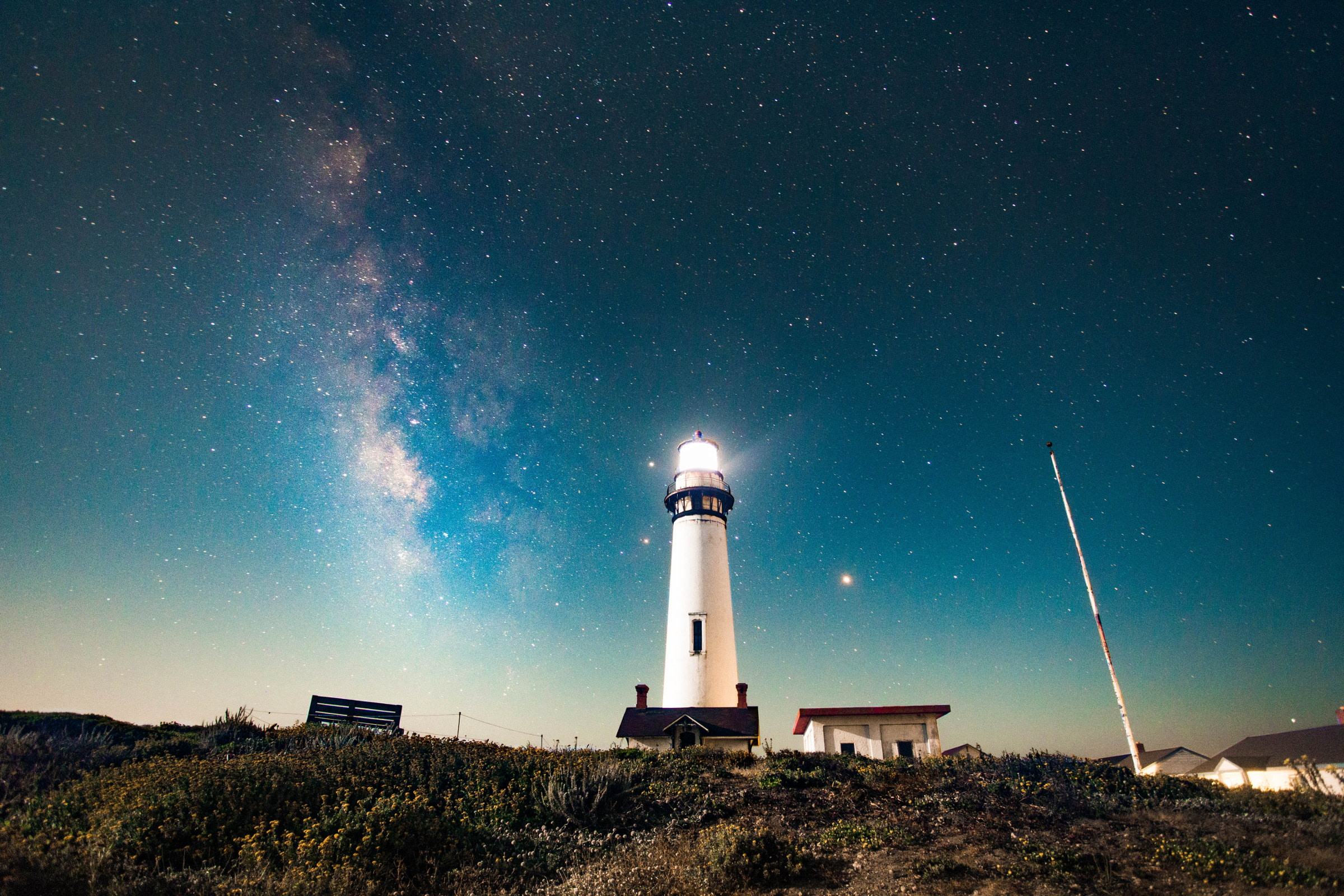

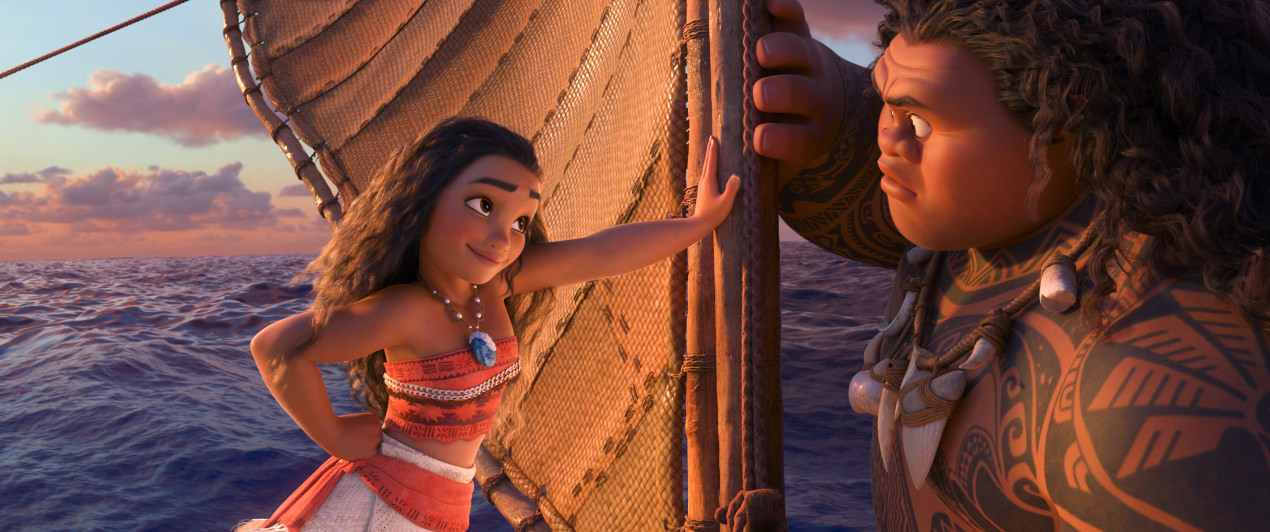
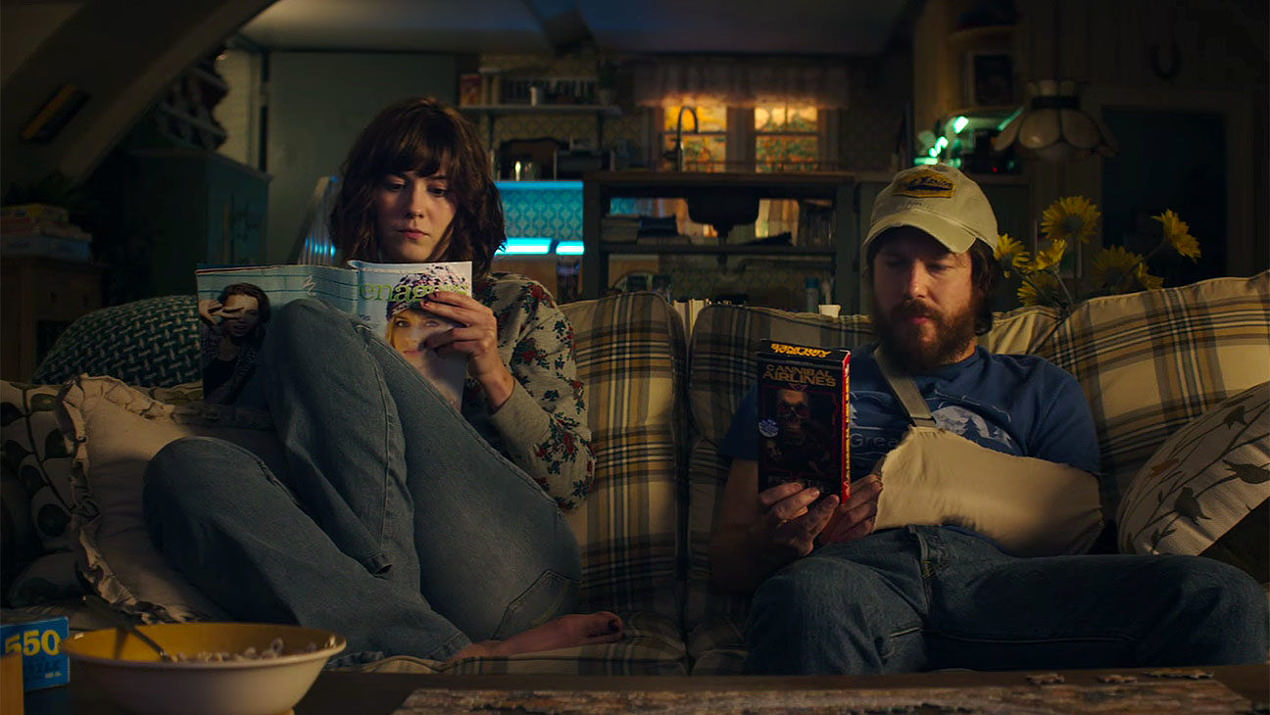
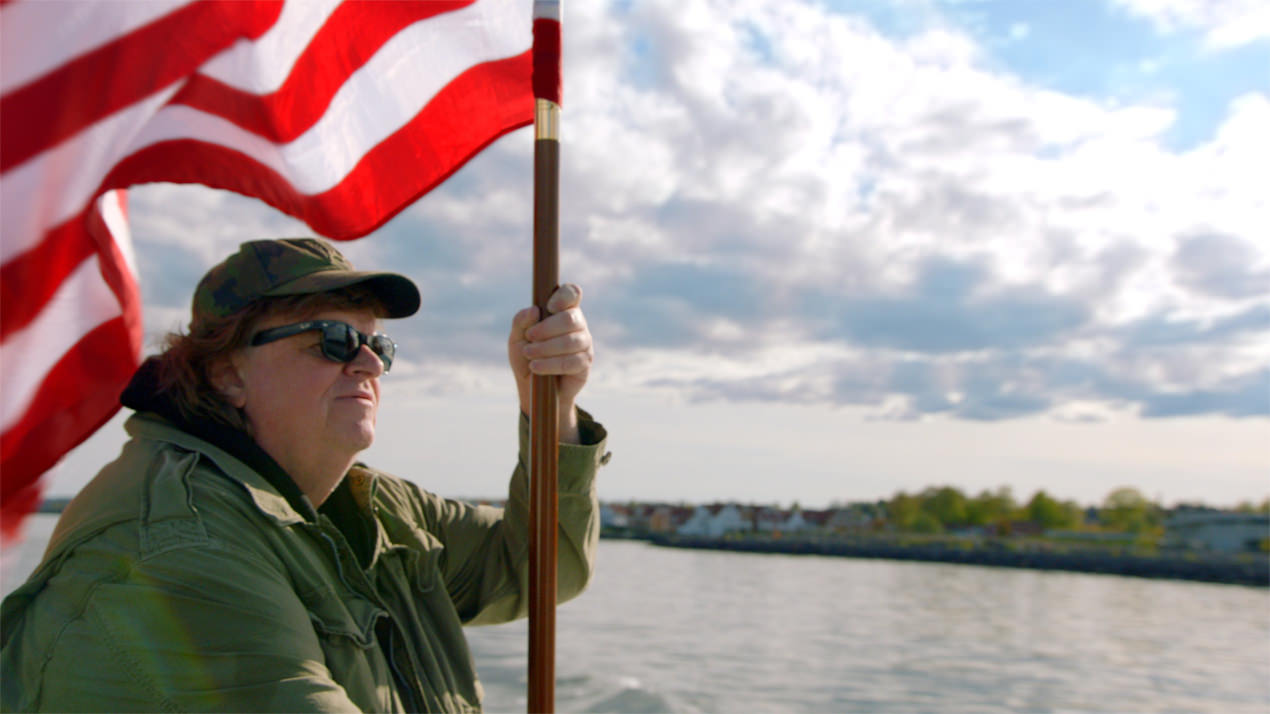
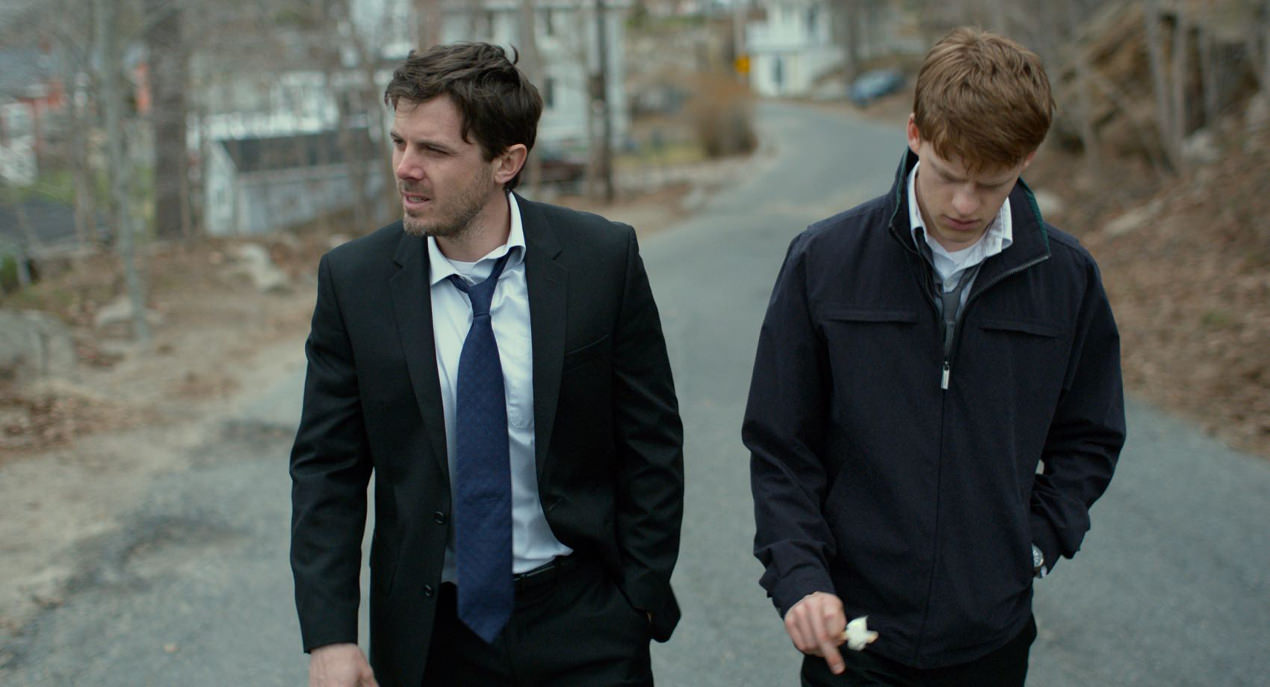
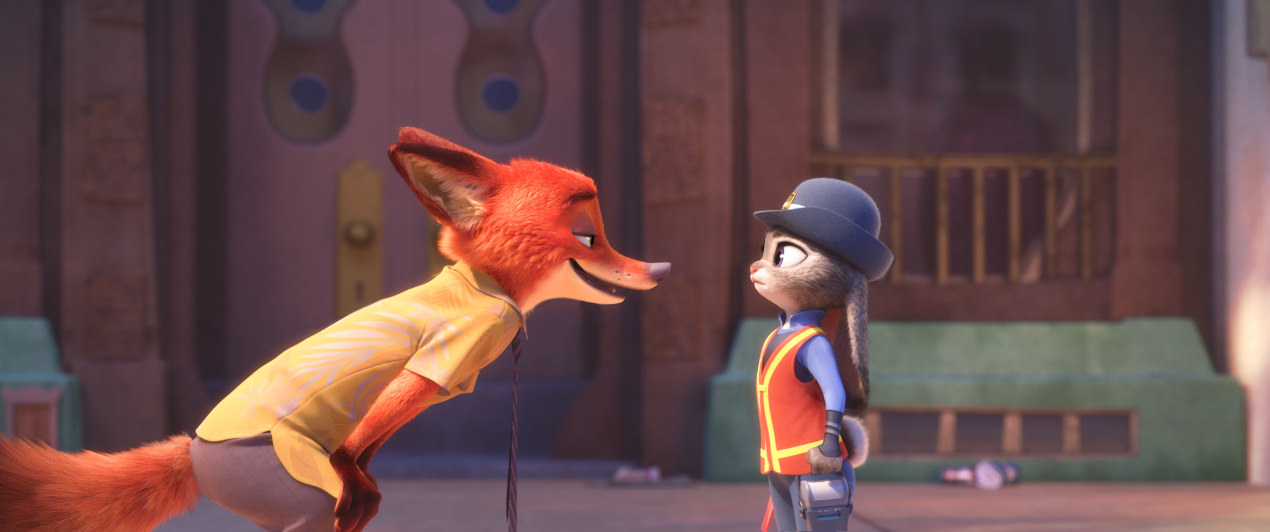

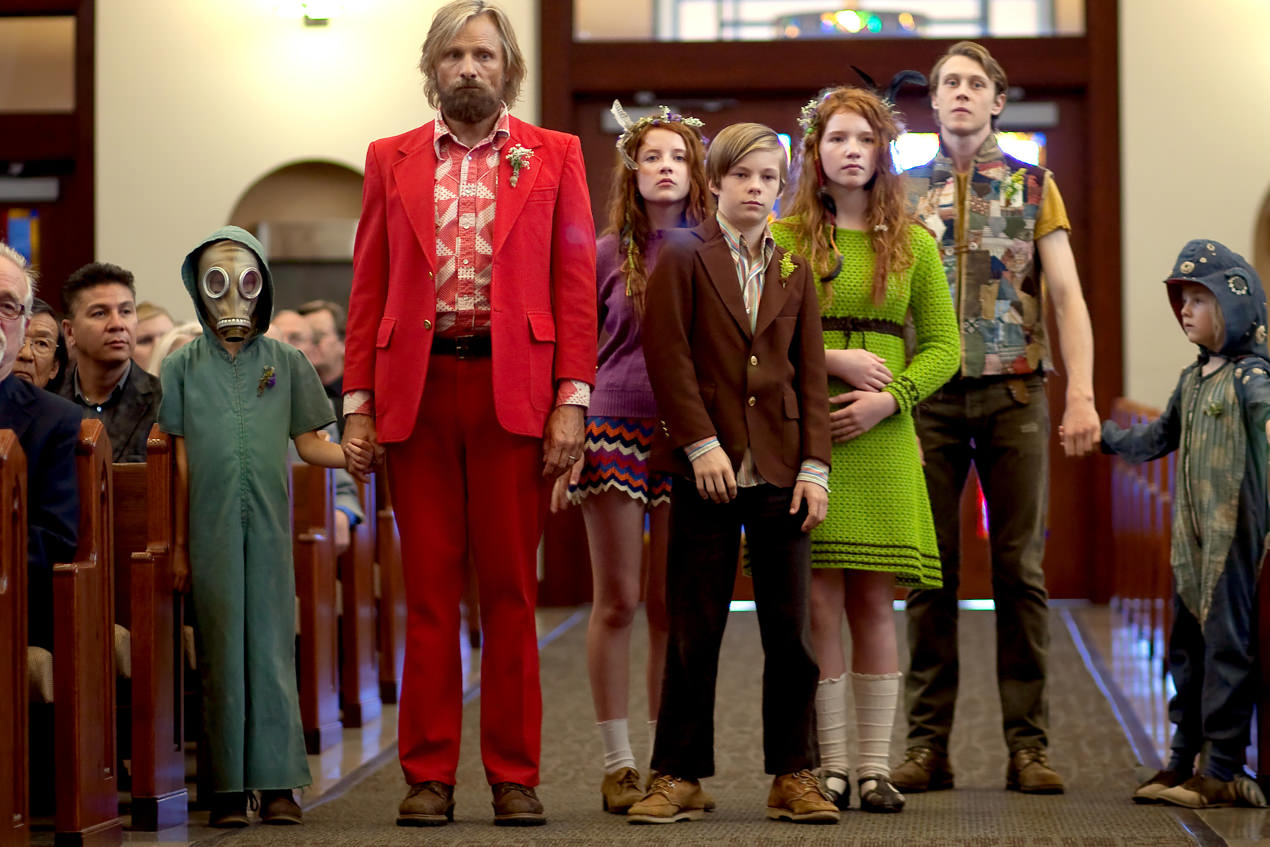
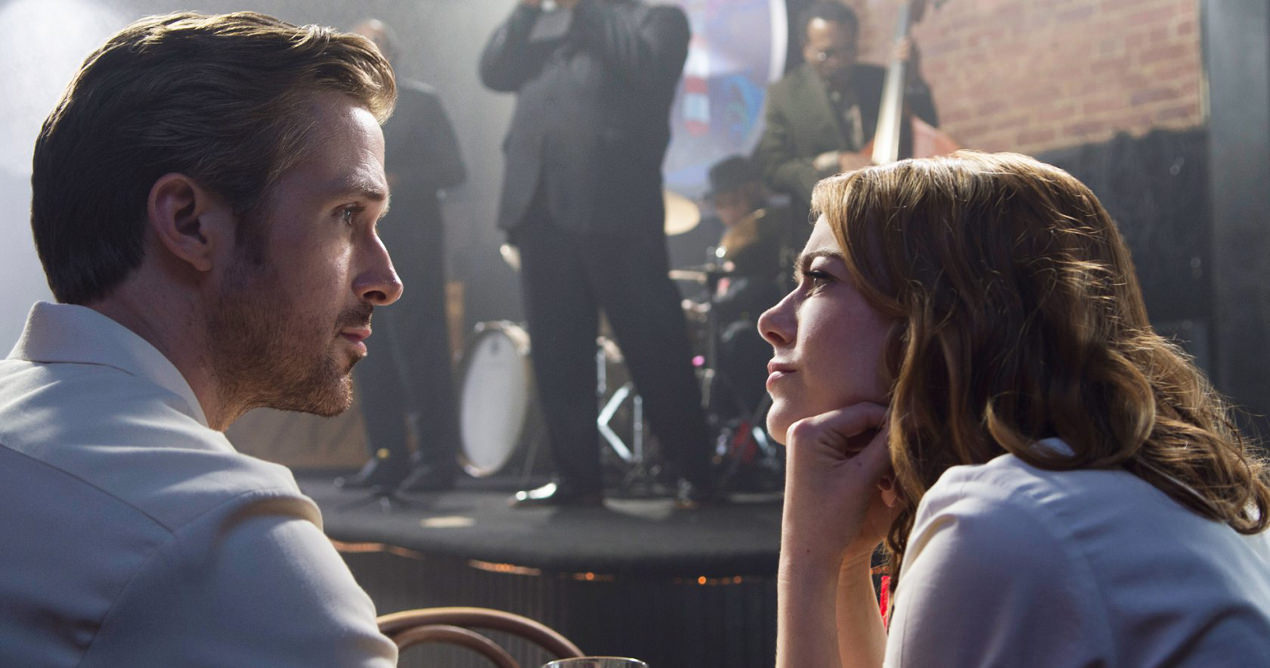
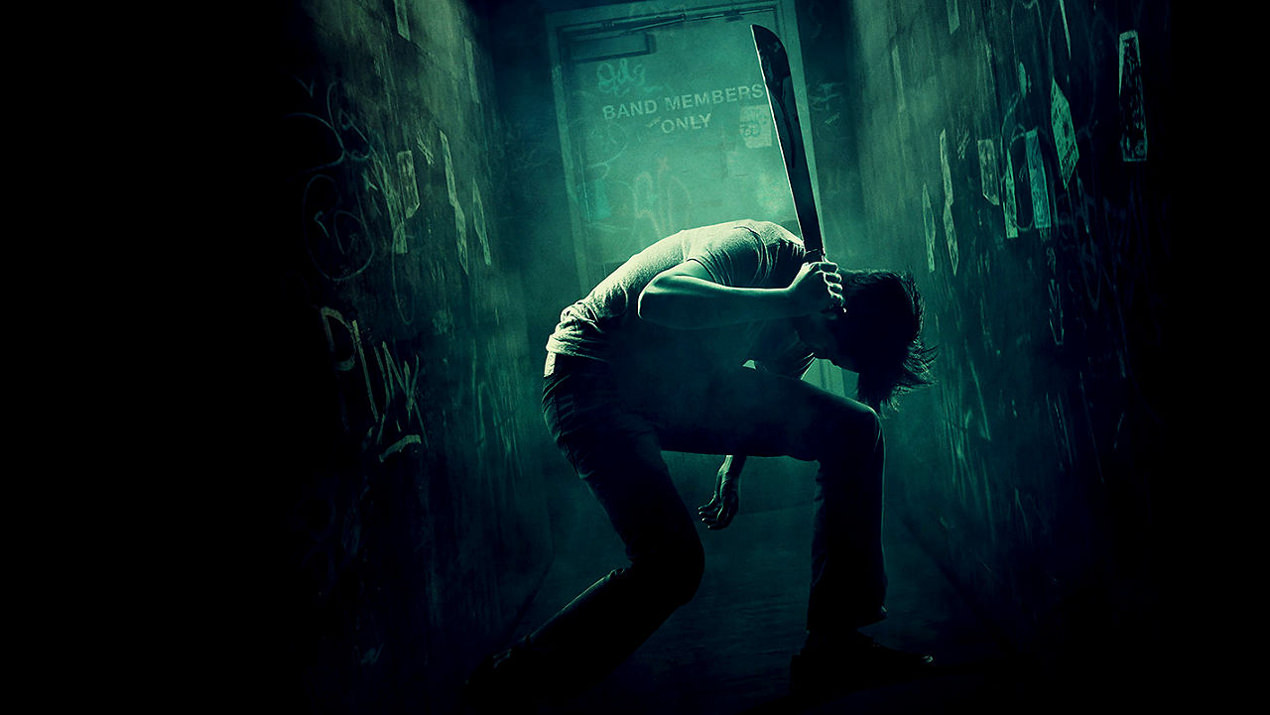
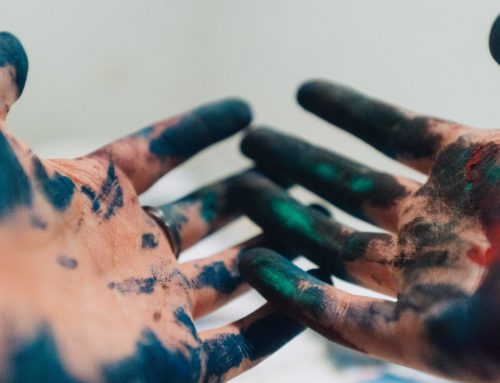
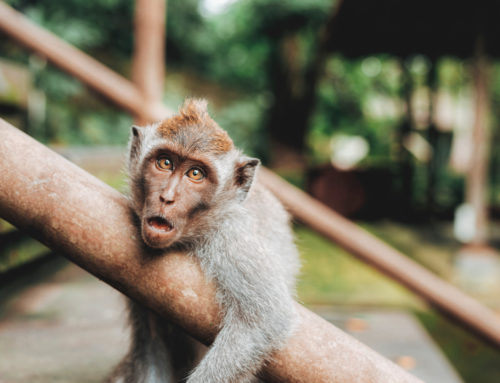

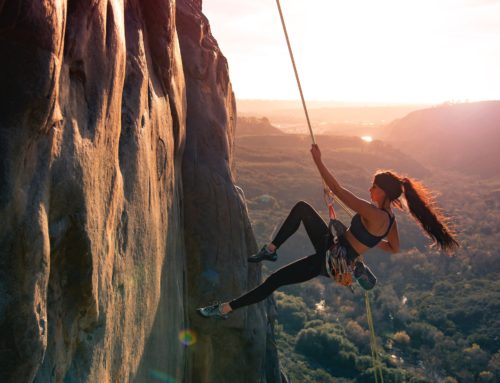
Leave A Comment